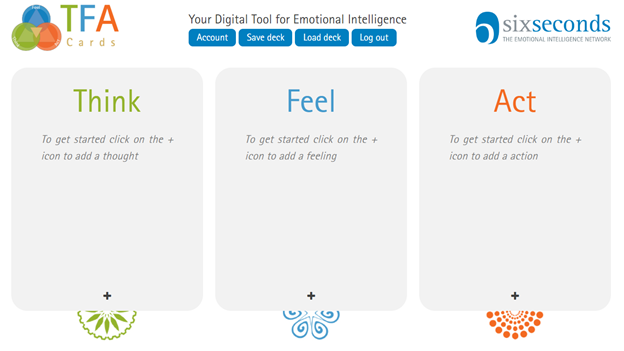How to Change Your Habits
The brain is a survival tool. It creates patterns to follow. You have an experience, you react a certain way, you survive! So your brain decides that was successful, and next time you’re in a similar situation, your brain pulls out the same pattern. This is problematic for two reasons: first, your brain is wired for survival at all costs and second, it likes to lump together similar situations. It’s important to understand and recognize your patterns to know if they are helping you or hindering you.
RECOGNIZING PATTERNS
Understanding why we respond the way we do can be found by examining and recognizing our patterns. Think back to the last time a situation didn’t go exactly as you wanted it to. What were you thinking? How did you react? What were you feeling?
When we begin to know what thoughts, feelings and actions show up again and again, we can begin to identify what we want to change in that pattern.
Many of our patterns have served us well in a particular situation or time of our lives, but we outgrow those needs and those patterns can be destructive or harmful to our relationships and growth.
Know Yourself - aka: self awareness
Recognizing your patterns and feelings helps you understand what makes you tick.
CHANGING OUR PATTERNS
Change can be hard. If you’ve been doing something for 20, 30, or 40 years, it is going to take time to create a new habit or pattern. The first step is understanding you are here to get it right, not be right. It’s going to take work. Compassion is necessary for change; as is honesty and support. Make sure you set yourself up for success before embarking upon a change.
The first step in change is to understand why the change is important to you. Next is to remember the particular situation where the outcome wasn’t what you wanted it to be and what were you thoughts, feelings, and actions during that situation.
Once you have identified your thoughts, feelings and actions (check out this cool online tool to help you do this), next is to identify one of those you want to change in this type of situation going forward. Try to pick a change that will help you with your ultimate goal of that situation.
Maybe you wanted to convey frustration, but what is underlying that frustration? Is there something more? Figuring out the real goal can help you select a new thought, feeling, or action that aligns better with that goal.
PRACTICE NEW PATTERN
Next figure out a way to practice your new pattern when you aren’t in times of stress or strain. Being able to create a new pattern in your brain’s neural pathways in optimal times, will help you access it in less optimal times. Perhaps this is role playing with a trusted partner. Maybe this is drawing or writing about it.
Whatever you choose, recreating the situation and your new choice is the best way to practice and activate the change when you encounter the situation in your life. After you get the chance to recreate this situation, whether in practice or in life events, afterward make time to reflect on how it went.
Remember it takes time to create a new pattern. So self compassion is vital for your reflection. It may require you to take sometime away from the situation before you can reflect. But reflection is key to the process of change.
“Awareness is the greatest agent for change.”


